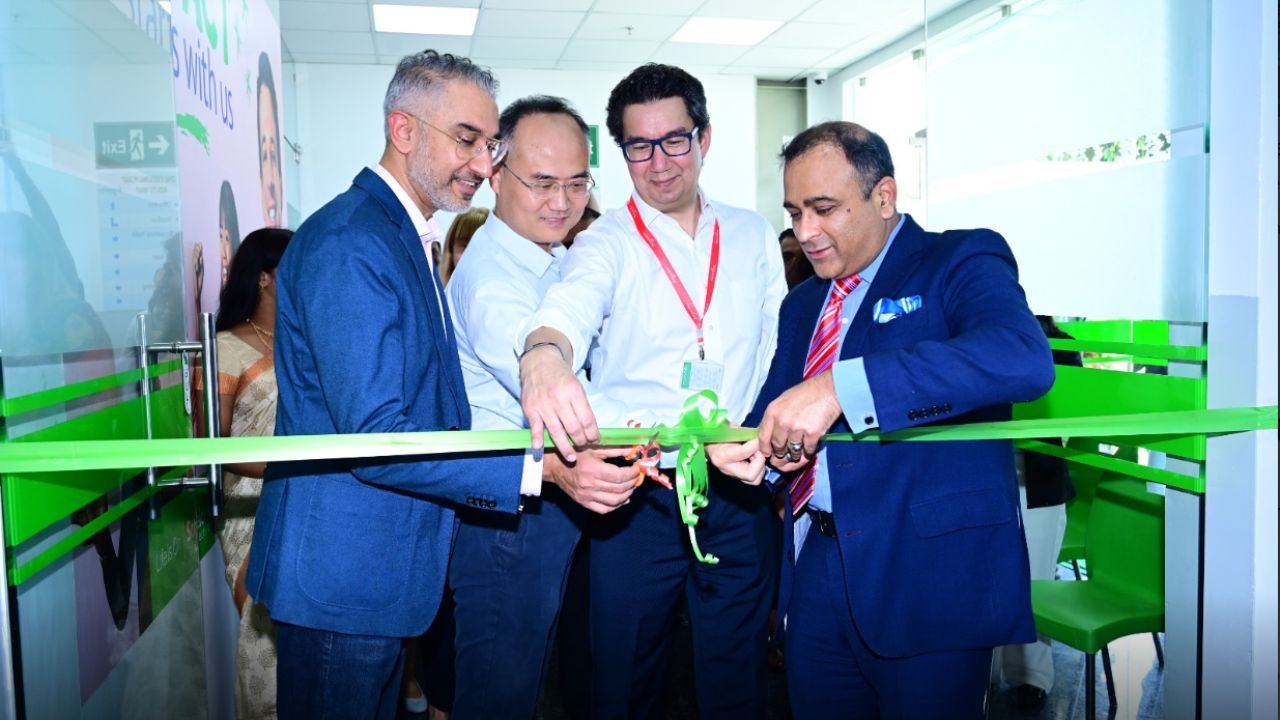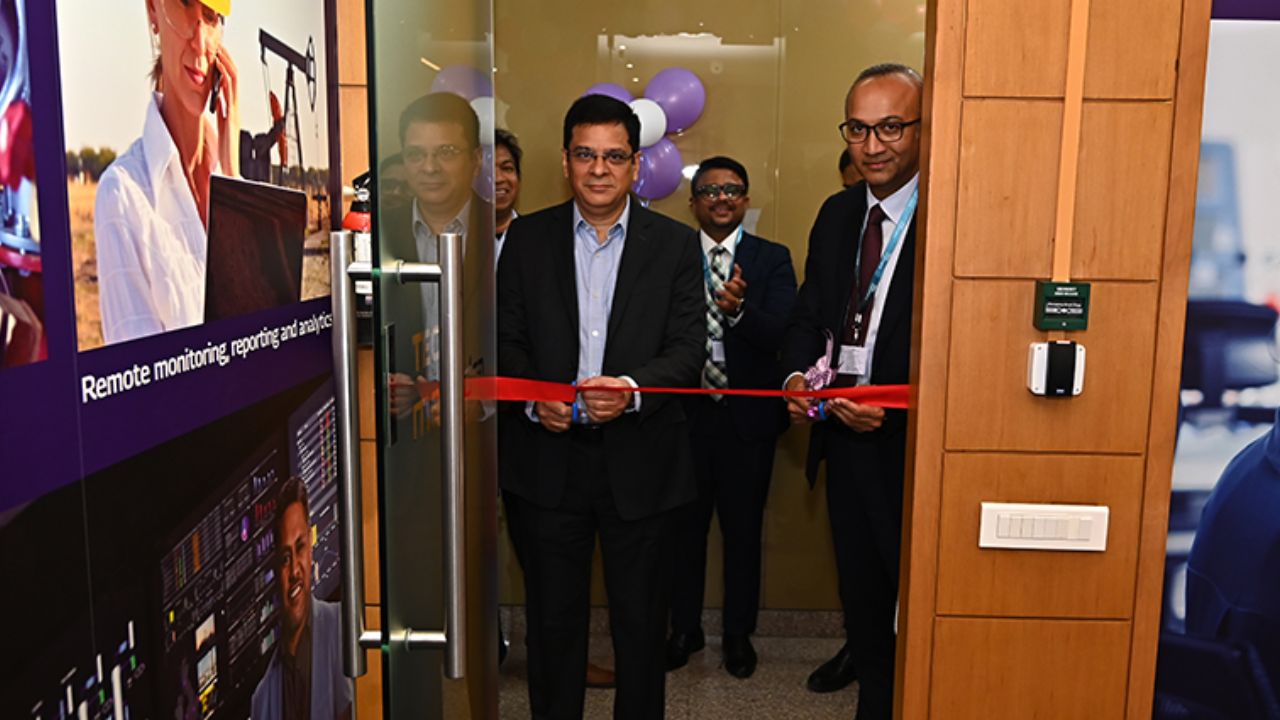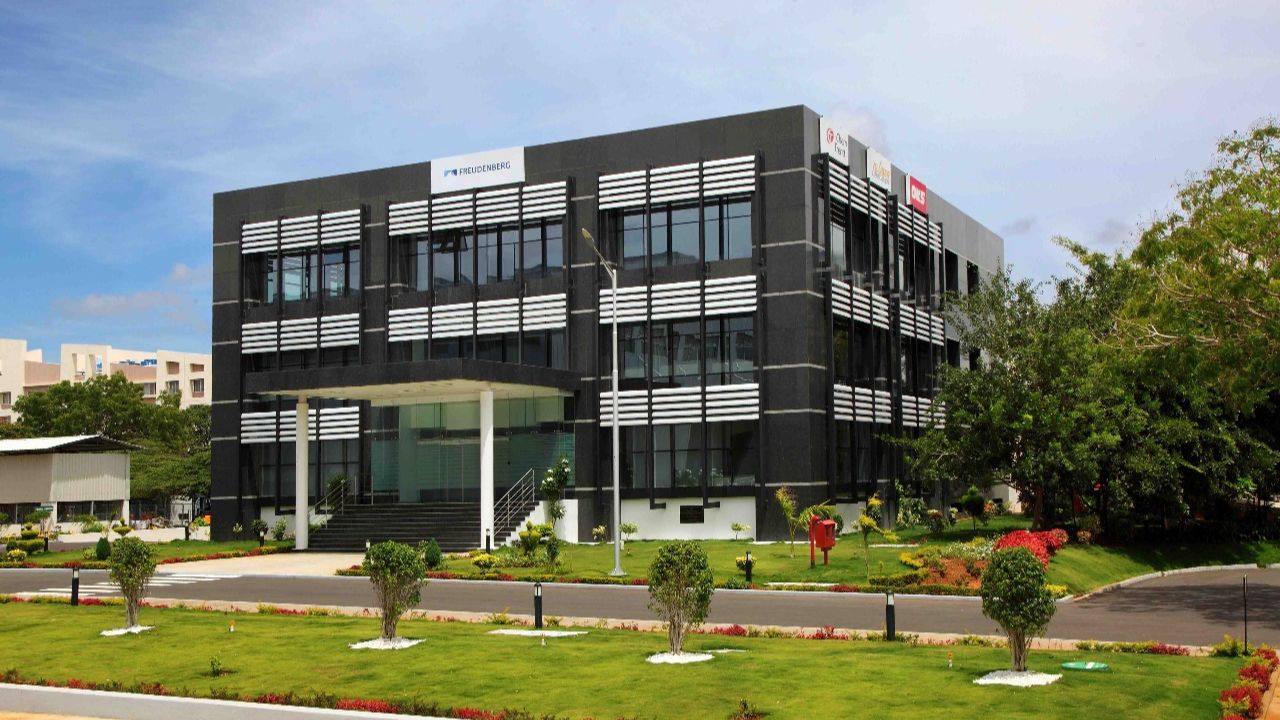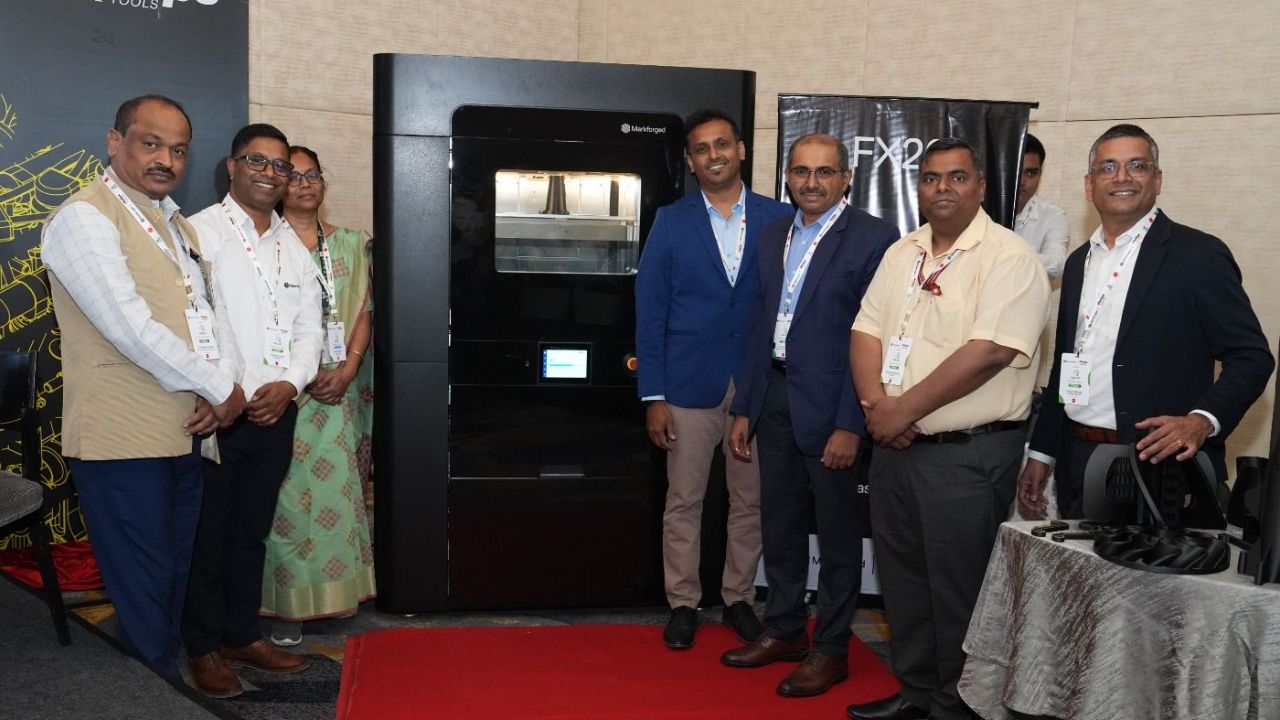
Nanoprecise Sci Corp organized a webinar on July 20, 2021 on "Is route based monitoring becoming obsolete today?" where Predictive Maintenance Expert Dries Van Loon covered the limitations of Route based Monitoring and the way forward with Automated Wireless Monitoring.
Some notable points from the webinar can be found below:
The Manufacturing Industry has been following a route-based monitoring approach for ages. Route-based analogue measurement devices constituted of vibration meters in the initial years, which focussed on a data collection mechanism that was very time intensive. It also faced the challenges of memory restriction and increased expenses, due to which, they were only used for most critical machines.
As the manufacturing sector moved towards digitization, we entered the newer generation of handheld and wireless technologies. This opened up various opportunities to make condition monitoring more safer and easier. Today’s newer generation of powerful handheld devices are state-of-the art, and provides many advantages such as no memory restrictions, multi channel - 24-bit AD converters, automated measurement point recognition and RFID among others. Moreover, modern handheld devices require highly skilled and trained analysts to collect and analyze data, report findings and take necessary action and perform follow-ups and troubleshoots. However, it requires highly skilled personnel to collect & analyze data, which consumes more than 66% of the time. This leaves limited time for taking corrective actions and troubleshoots.
Scheduling the monitoring activities in a route based system is even more troubling as it requires a special planned maintenance window, with reduced or halted production. The challenges of maintaining the data quality (data at exact locations and at specific process conditions) during repeated testing, say, every month or week, becomes tedious. This opens the window for Wireless Permanent Monitoring.
Wireless Monitoring mitigates this problem by enabling capturing data at fixed location every minute, with increased focus on anomaly detection, by means of edge processing or cloud computing. It also does not require any kind of a routine presence as it works remotely via Wi-Fi or Cellular Networks. Wireless Monitoring allows for lifetime monitoring of the asset, thereby ushering the peace of mind. A fully equipped ecosystem of wireless sensors and AI-based automated software provides approximately 6X ROI over the downtime cost incurred with respect to the manual monitoring and analysis.
The webinar also covered comparison between different Measurement Technologies such as Proximity Probe, Seismic Velometer, Piezo Electric (IEPE), MEMS and Forced Detection Sensors are used to collect data from machines.
The webinar was concluded with a discussion on how the Industrial Internet of Things (IIoT) can accelerate the Maintenance 4.0 Strategy by facilitating an inter-connected system that provides a complete picture including Process & Condition Monitoring Data, Process Control (SCADA), and Maintenance Planning/Actions (CMMS), thereby enabling the power of Machine Learning and Analytics to provide actionable insights for automated anomaly detection and fault identification along with Remaining useful life prediction.
A video footage to the event can be accessed through the link below:
NEWSLETTER
TRENDING ON PRO MFG
MORE FROM THE SECTION








